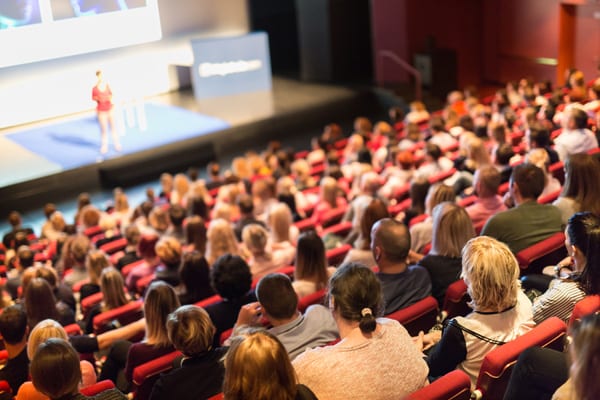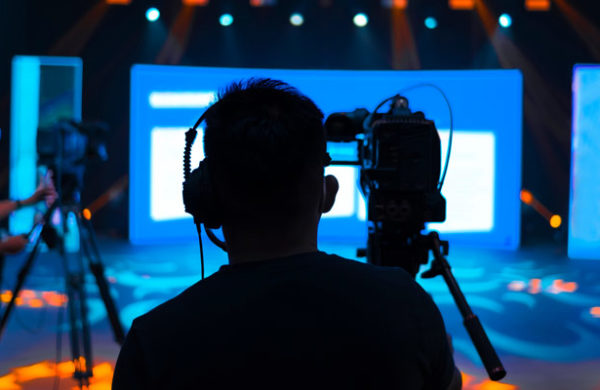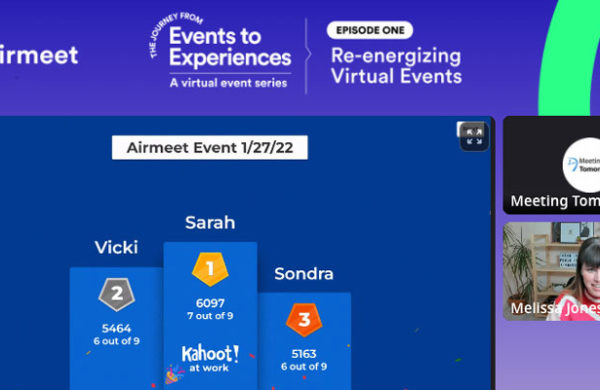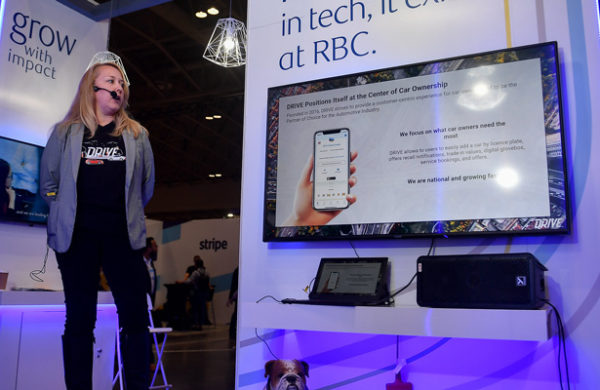
Executing a successful technical conference will require planning for specific technology needs in addition to regular conference events.
Planning a technical conference can be a daunting task, but with knowledge of what to do, it is possible to pull off a very successful, enjoyable conference. When planning a technical conference, the conference organizer has to not only consider all the tasks involved with a regular conference, but also include the needs of those who will be using computers, projectors, networks, and any other type of technology. This conference planning should be done months in advance and with a specific budget in mind in order to get everything organized properly.
One of the most important parts of a technical conference is the information announcing the conference. This is often done through emails or a brochure. But, before the conference organizer can send any conference information out, he or she has to get everything in place.
The venue of the conference must be reserved. The conference organizer can only estimate how many attendees will come to the conference, but the location should be large enough to accommodate extra attendees if possible. The conference organizer must also consider food and whether it will be provided by the conference venue or if it must be catered. Take into consideration those with special dietary needs. There should always be plenty of beverages, including water, coffee, and tea, available during the conference.
Sessions for the conference must be established. Be sure to include a schedule of times for the sessions as well as the title, who will be holding the session, and any important credentials he or she holds.
Conference organizers need to plan for any out-of-town attendees to the conference. This may mean visiting local hotels to see if they will offer discounted rates or to close off a block of rooms for the date of the conference. If possible, offer the attendees several choices of locations.
Sessions for the conference must be established and it will be helpful to attendees if a map is drawn, especially if the conference venue is rather larger. Be sure to include a schedule of times for the sessions as well as the title, who will be holding the session, and any important credentials he or she holds.
Depending on the size of the conference, a nice gift bag is always appreciated by attendees. This should include a welcome letter, the map of sessions, identification information (even if just a name tag), and any small giveaways or gifts that can be provided. Contact local businesses to see if they would be willing to contribute coupons or small items for the bag.
As for the technical aspect of the conference, the conference planner will need to know exactly what technology each presenter needs. Most presenters will probably want to bring their own laptops, but be sure to have extra laptops in case of technical problems. If a Wi-Fi network can be set up in the venue, that will helpful to both presenters and attendees. An LCD projector can be used so all the attendees can see the information, but the conference planner will need a surface such as a screen or blank wall on which to display the image. Don’t forget to have tables or stands where technical equipment can be positioned so that attendees don’t trip on it.
Finally, presenters will need some type of microphone system so they can be heard by all the attendees. All of this technical equipment should be set up and checked at least once before the conference to avoid delays. Any technical equipment that is not readily available can be rented from local sources, but this should be set up well in advance.
Creating a successful technical conference is best done through sound, meticulous planning. While there is always a chance of problems occurring, planning and double checking everything before the conference can help alleviate this.


